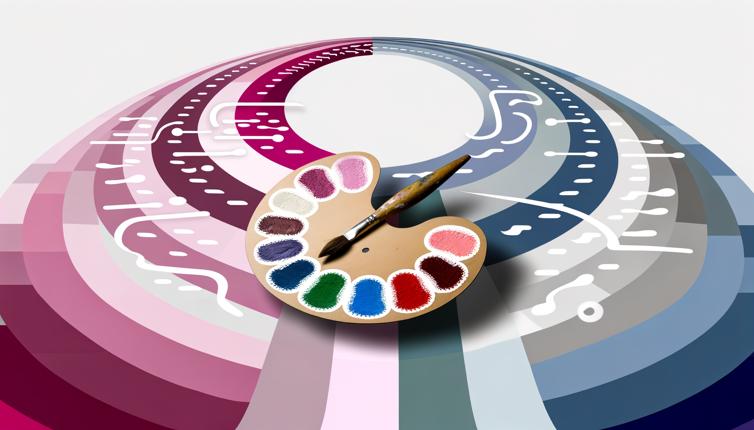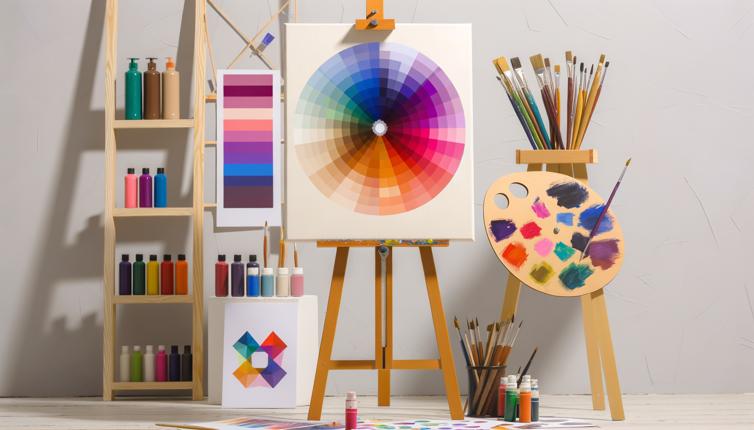Understanding Different Art Mediums
Before we dive into the process of choosing the right medium, let's first understand the different art mediums available. Some of the commonly used mediums include:,- Painting: This medium involves using brushes and paints to create visual art on a canvas or any other surface.,- Drawing: Drawing involves using pencils, pens, or other tools to create artistic images on paper or other surfaces.,- Sculpture: Sculpture involves shaping and manipulating materials like clay, wood, or metal to create three-dimensional art pieces.,- Printmaking: This medium involves creating art by transferring ink onto a surface using a variety of techniques such as etching, engraving, or lithography.,- Photography: Photography uses a camera to capture images, which can then be edited and printed to create artistic photographs.,- Digital Art: Digital art involves creating artwork digitally using computer software and tools.,Each medium offers unique artistic possibilities and requires different skills and techniques. Understanding these mediums will help you make an informed decision when choosing the right medium for your project.
Consider Your Subject and Concept
The subject and concept of your art project play a significant role in determining the most suitable medium. Consider the following:,- Style: Think about the style you want to achieve. Some mediums are better suited for realistic art, while others may be more suitable for abstract or conceptual pieces.,- Texture: If your subject has intricate textures or details, mediums like painting or sculpture might allow you to better capture those details.,- Color: Certain mediums, such as painting or digital art, offer a wide range of color options, allowing you to create vibrant and expressive pieces.,- Narrative: If your concept requires storytelling or sequential art, mediums like drawing or digital art may be more appropriate.,By considering your subject and concept, you can narrow down the mediums that align with your artistic vision.
Consider Your Skills and Experience
Your skills and experience in a particular medium should also factor into your decision-making process. Ask yourself the following questions:,- Familiarity: How familiar are you with the medium? Are you comfortable working with it?,- Skill Level: Do you have the necessary skills to execute your artistic vision using the chosen medium?,- Learning Curve: Are you open to learning new techniques and skills required for a particular medium?,Choosing a medium that aligns with your skills and experience will increase your chances of creating a successful and satisfying artwork.
Consider Practical Factors
Apart from artistic considerations, there are practical factors that you should take into account when selecting a medium. These include:,- Budget: Some mediums can be more expensive than others due to the cost of materials and equipment. Consider your budget and choose a medium that fits within your financial means.,- Space and Resources: Certain mediums require specific spaces or resources. For example, sculpture may require a studio or access to specialized tools.,- Time and Patience: Different mediums have different time requirements. Painting and sculpture, for instance, may take longer to complete compared to drawing or digital art.,Considering these practical factors will help you choose a medium that is both practical and feasible for your project.
Conclusion
Choosing the right medium is a crucial step in the success of any fine art project. By understanding different art mediums, considering your subject and concept, assessing your skills and experience, and taking practical factors into account, you can make an informed decision. Remember, there is no right or wrong medium, and it ultimately depends on your artistic vision and preferences. Good luck with your next fine art project!









